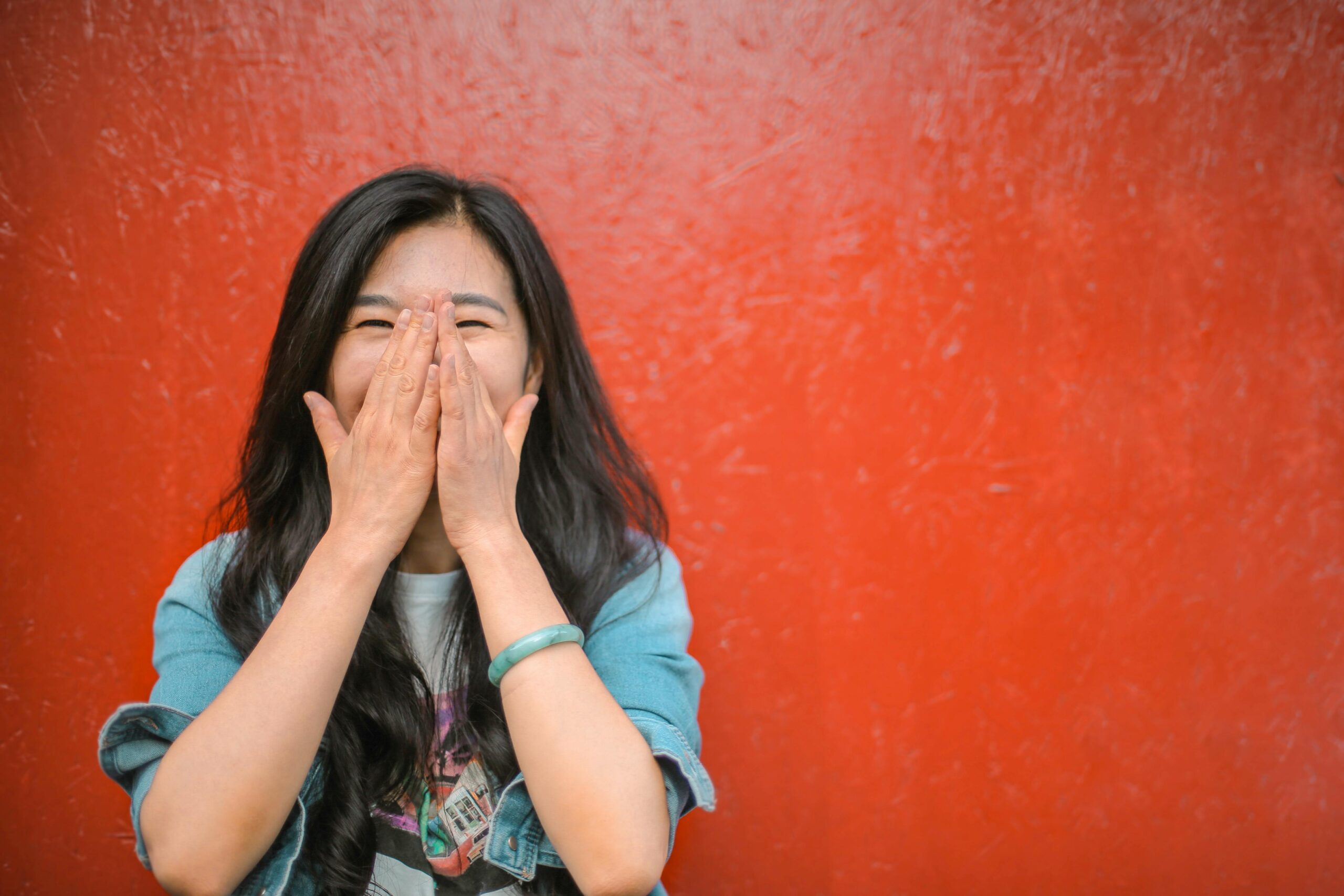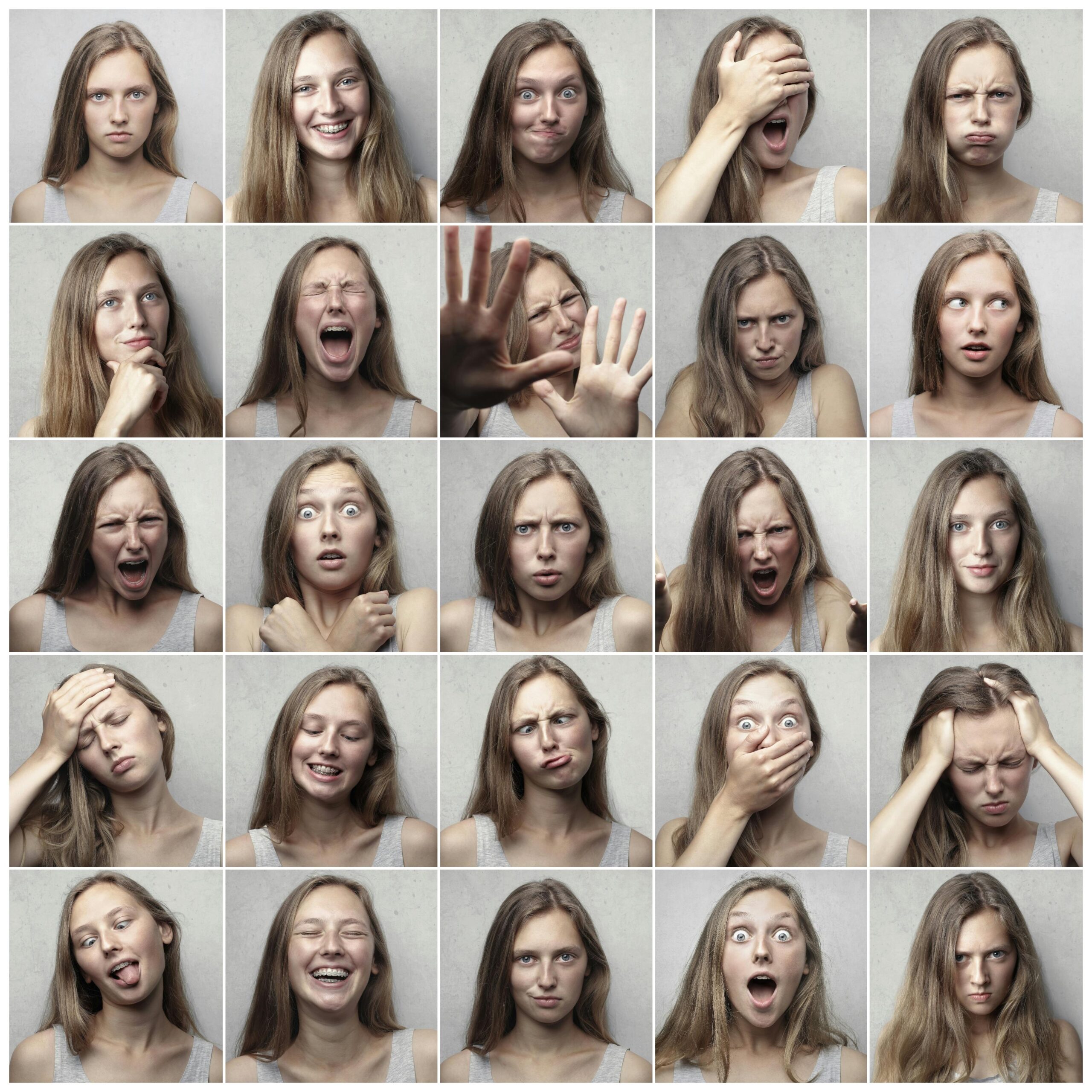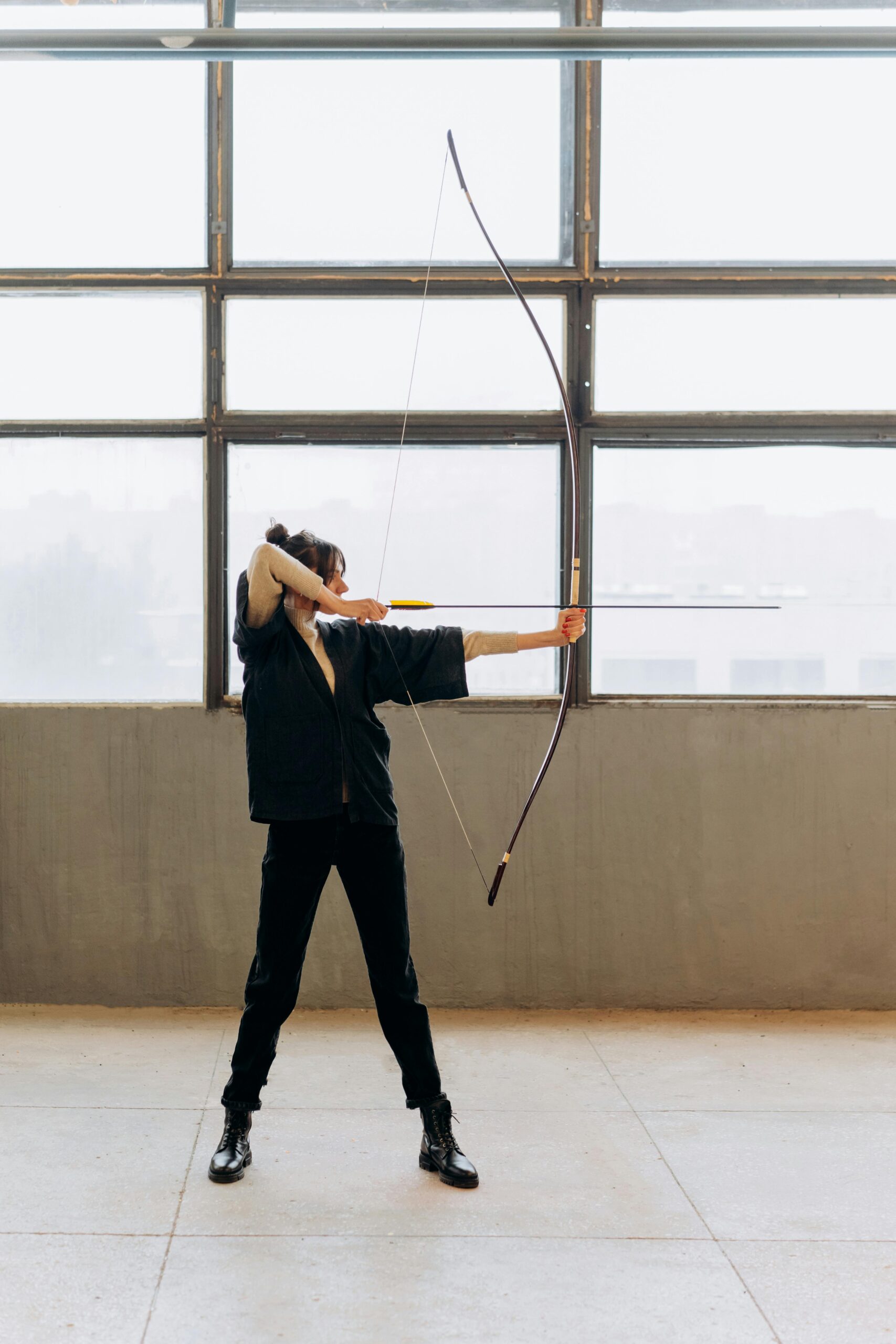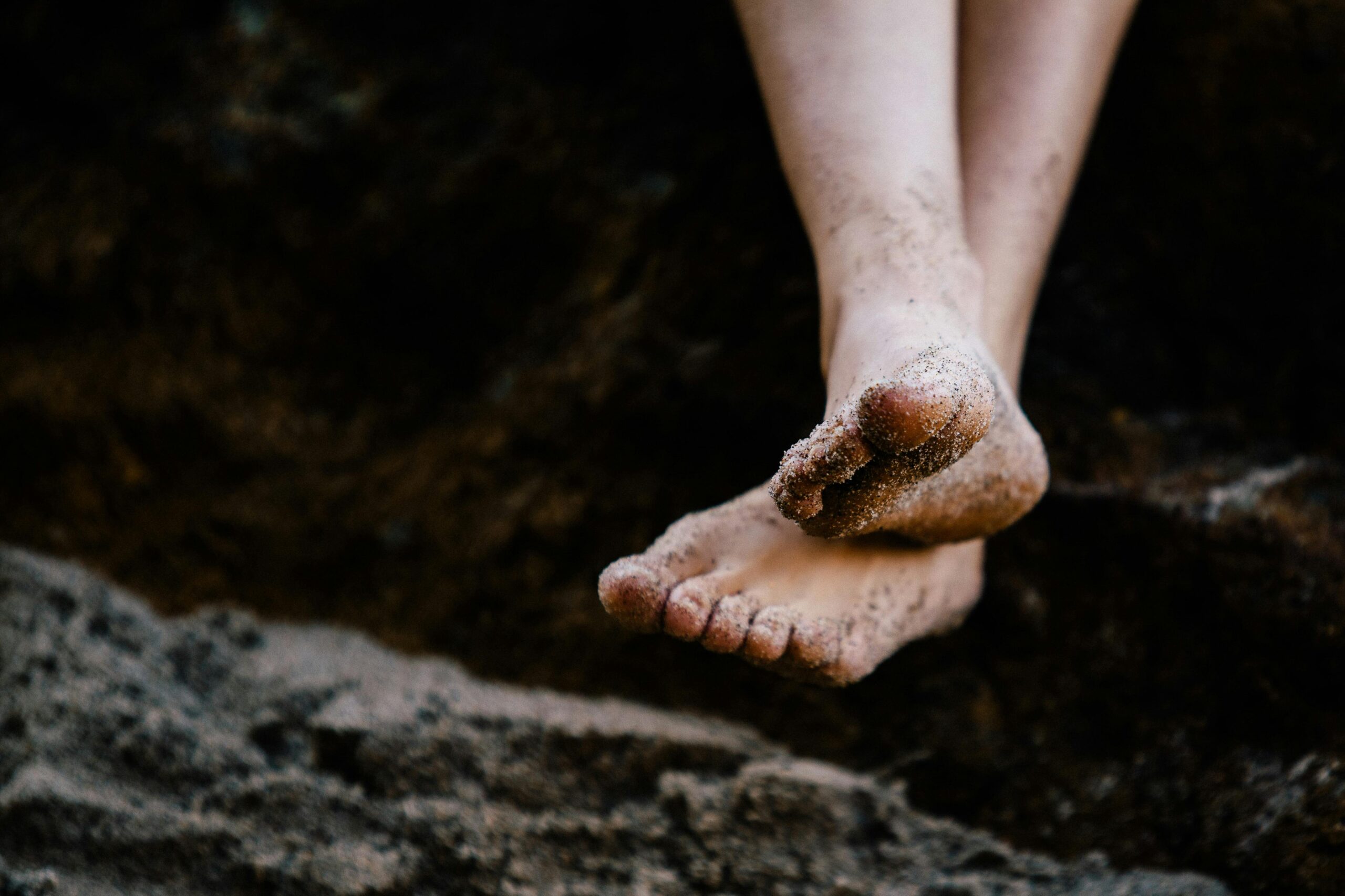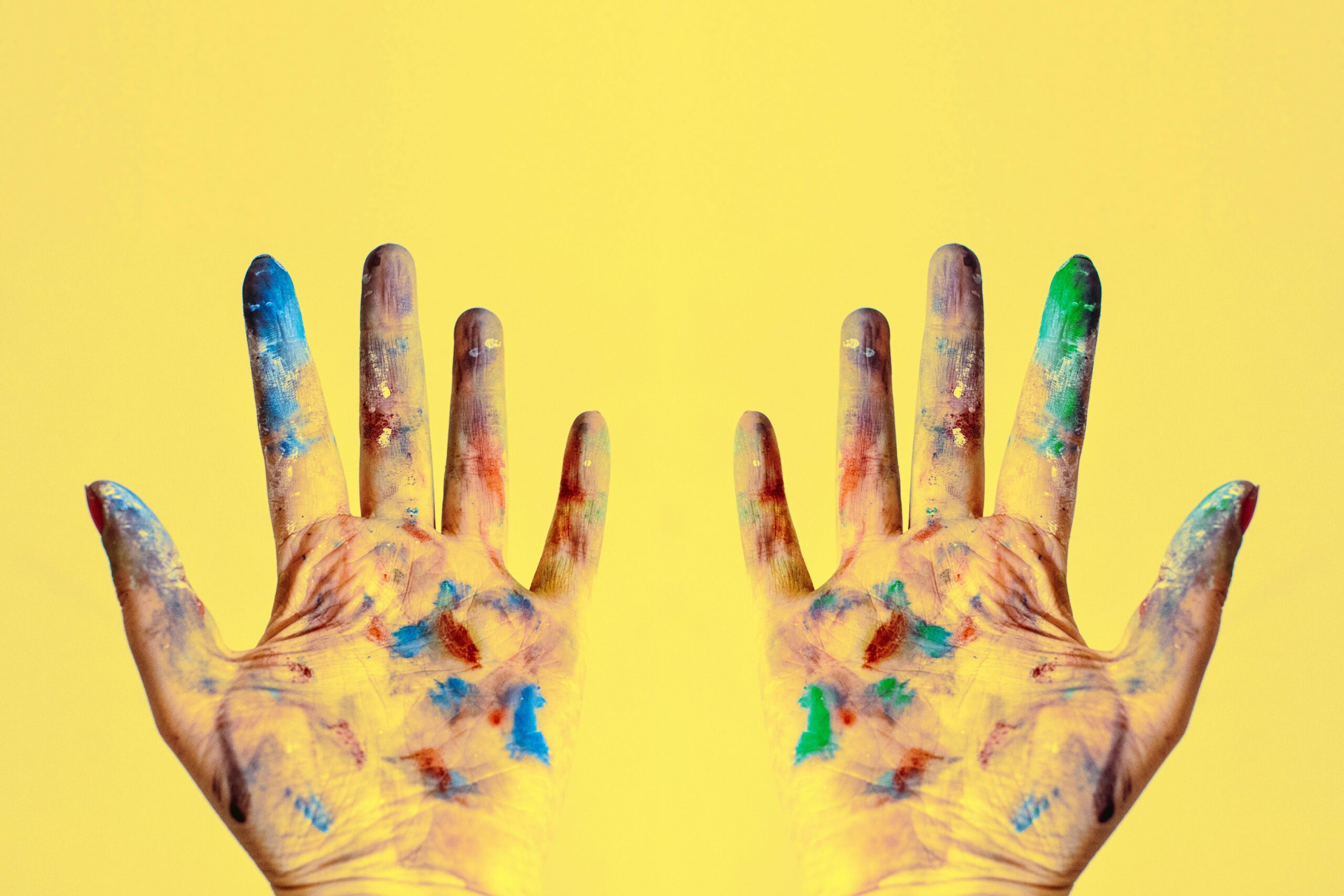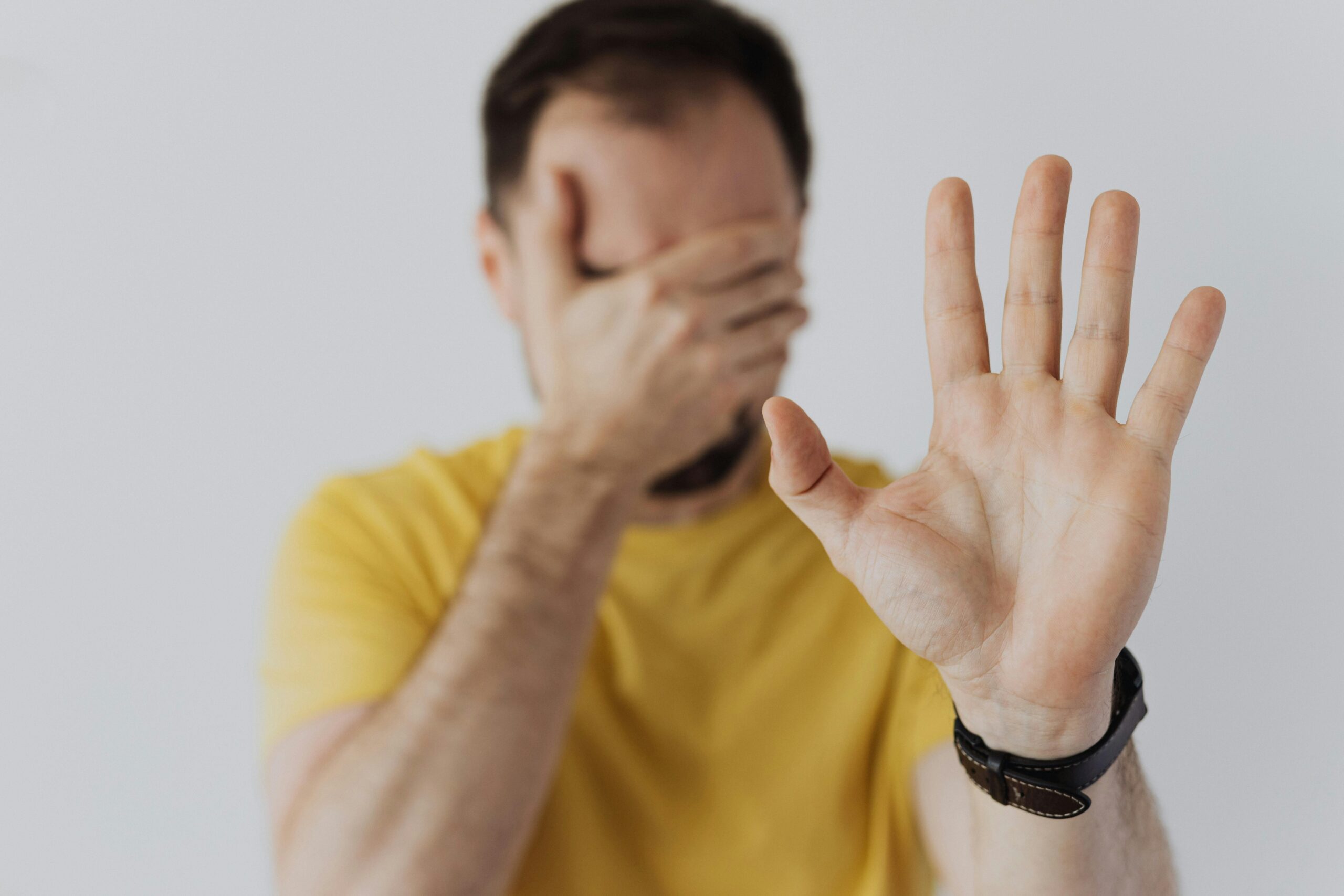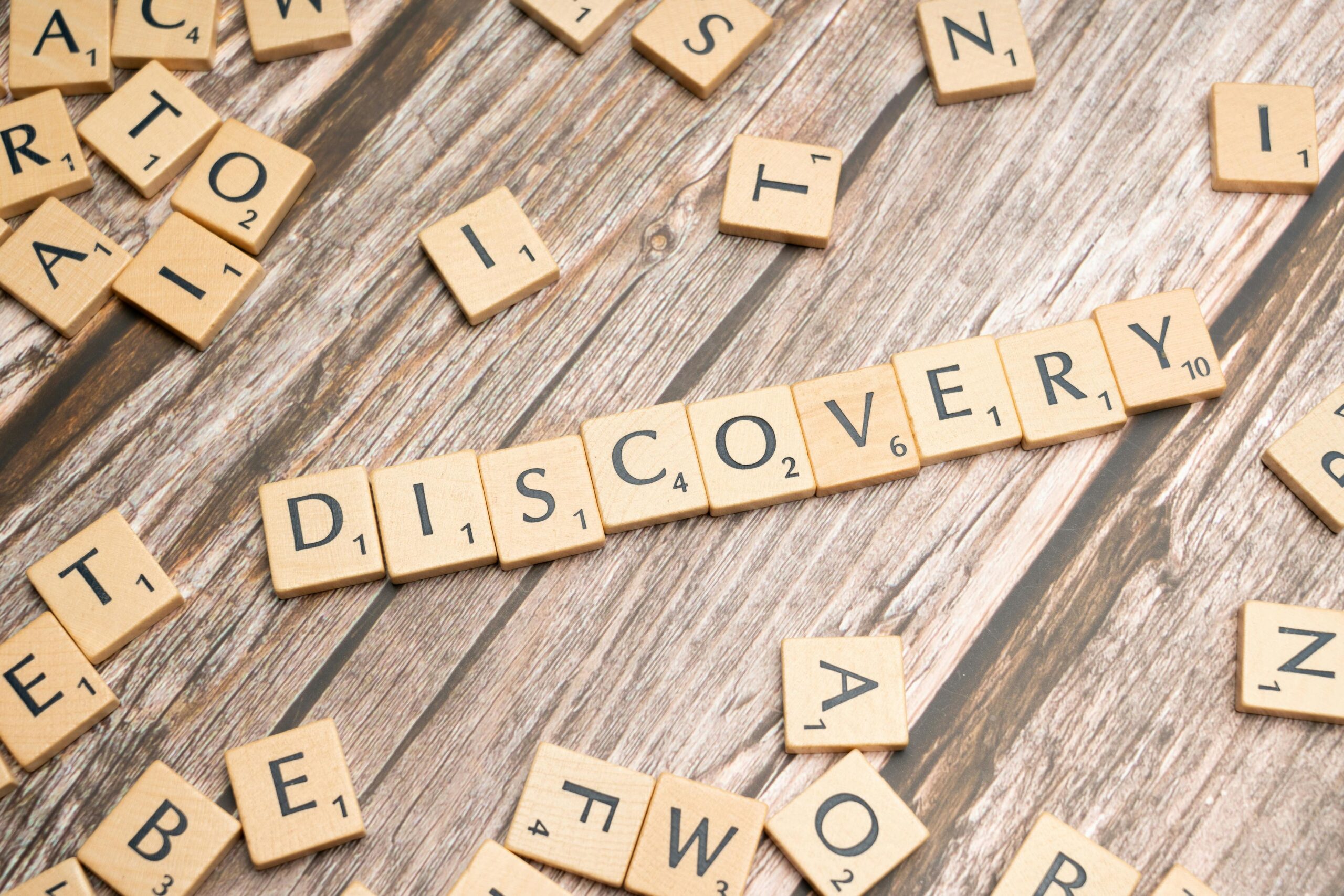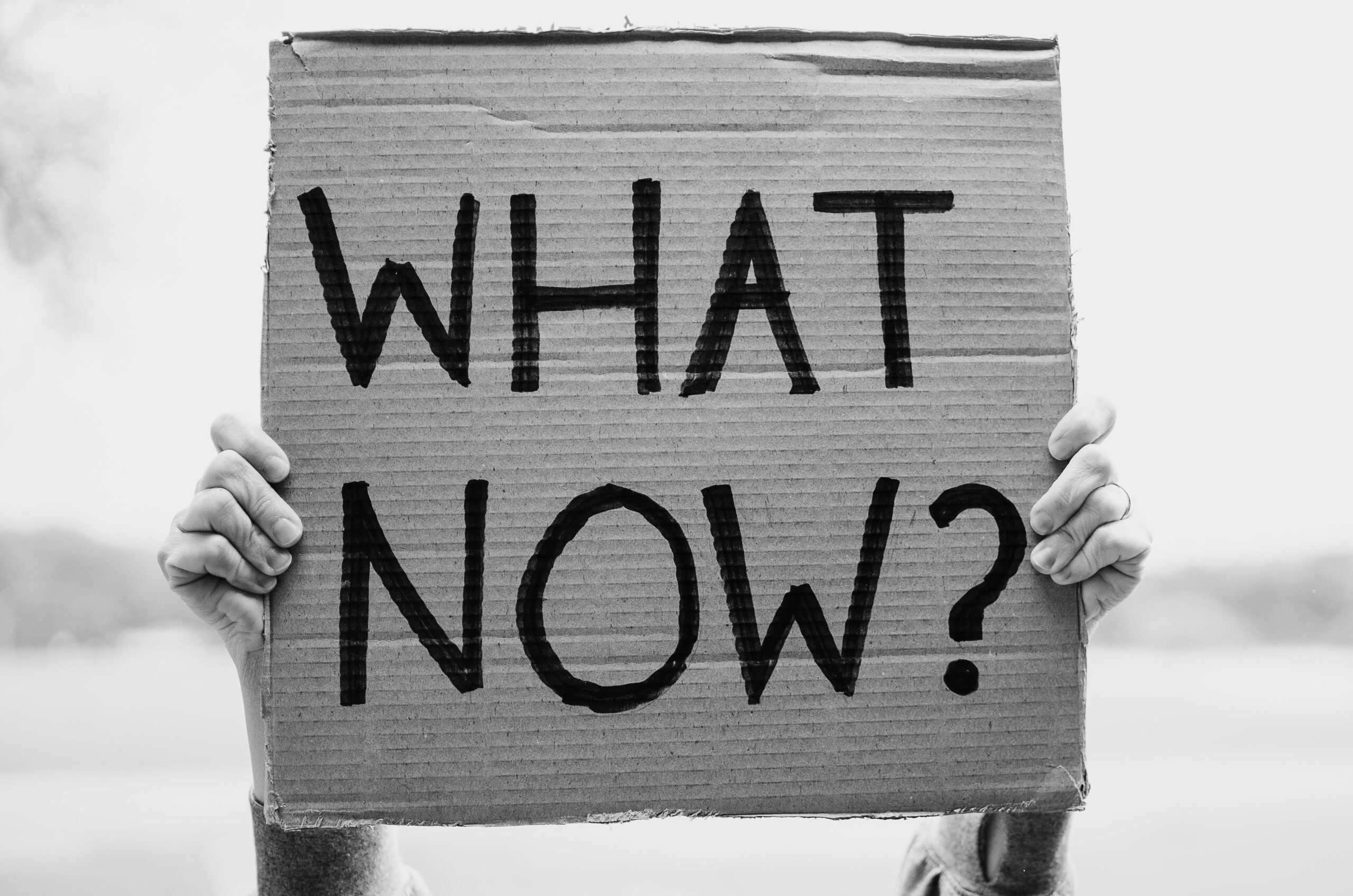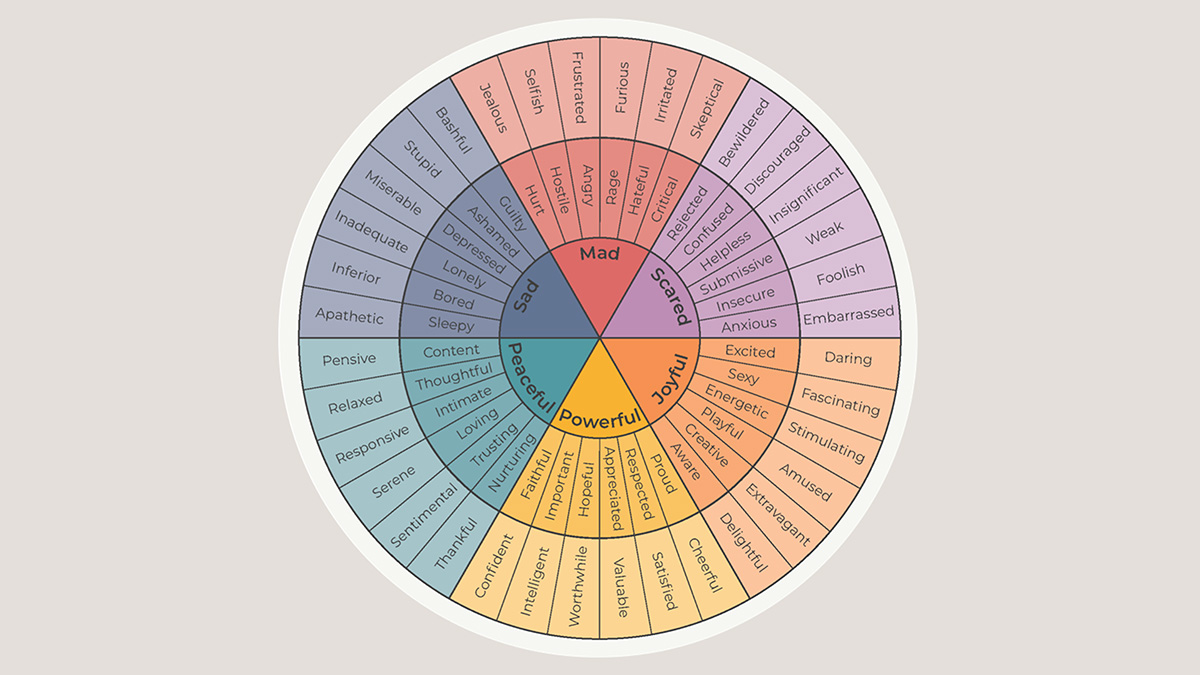Anxiety
Anxiety is more than just worry — it’s a full-body, patterned response to uncertainty, fear, and emotional overwhelm.
In this space, we explore the emotional, physiological, and psychological aspects of anxiety. Through a trauma-informed and holistic lens, you’ll find insights and tools to help regulate your nervous system, challenge anxious thoughts, and begin to feel more grounded in everyday life.
Grief is one of the most human experiences we have—and one of the least straightforward. It doesn’t follow a timeline. It doesn’t respond to logic. It doesn’t care how capable, prepared, healthy, or self-aware you are. When we lose someone or something that mattered—a relationship, a loved one, a version of life we thought we’d have—our inner world reshapes itself. And that reshaping is rarely tidy.
When it comes to personal growth and emotional well-being, many people wonder whether they need therapy, coaching, or something in between. The truth is, these approaches ask different—but equally important—questions about your life. Therapy helps you understand what’s happening inside you, uncover patterns, and process experiences that shape your emotional landscape. Coaching, on the other hand, guides you toward who you’re becoming, helping you set intentions, take action, and move confidently in the direction you want to go. Understanding the distinction—and how the two can complement each other—can be the first step toward meaningful, lasting change.
Life is often full of messiness. No matter how carefully we plan or organize, there are moments when everything seems to fall apart—emotionally, mentally, or even logistically. Yet within that messiness, something powerful begins to stir: the potential for genuine transformation.
Life is often full of messiness. No matter how carefully we plan or organize, there are moments when everything seems to fall apart—emotionally, mentally, or even logistically. Yet within that messiness, something powerful begins to stir: the potential for genuine transformation.
When we are learning something new—whether it’s a skill, a healthier way of relating to others, or breaking old patterns—we have to practice. Yet many people expect they should get it right the first time. This pressure for perfection can create frustration, shame, or avoidance, especially when trying to change long-standing habits.
Life is often full of messiness. No matter how carefully we plan or organize, there are moments when everything seems to fall apart—emotionally, mentally, or even logistically. Yet within that messiness, something powerful begins to stir: the potential for genuine transformation.
When most people hear the word creativity, they imagine painting, music, or writing. But creativity is not limited to the arts—it’s a part of how we live. And for many of us, creativity is an important way we connect with the experience of being alive, whether it’s quietly problem-solving in daily life, the way we comfort a loved one, or how we navigate change when the path forward isn’t clear.
One of the earliest lessons a creative process can offer is how to recognize and honor the stage of resistance. Resistance is often misunderstood. In many cultural narratives, it’s something to be avoided, pushed through, or overcome.
It isn't static—it’s fluid, alive, and always in motion. Yet when we’re navigating depression, anxiety, or loss, it can feel like everything has stopped, or that we are stuck in patterns we can’t escape. Life asks something of us in these moments: presence, patience, and self-compassion.
Uncertainty is deeply uncomfortable. It often brings anxiety, self-doubt, and the urge to find answers fast.
The creative process is rarely linear. It unfolds in phases—some intuitive, some chaotic, and all essential. For many artists and creatives, the process doesn’t begin with a clear vision. It begins with an impression—a feeling, a color, a word, or a mood.
We can cultivate joy and support our emotional well-being by becoming more fluent in describing positive emotions. Building our vocabulary can expand our emotional range and deepen self-understanding.



